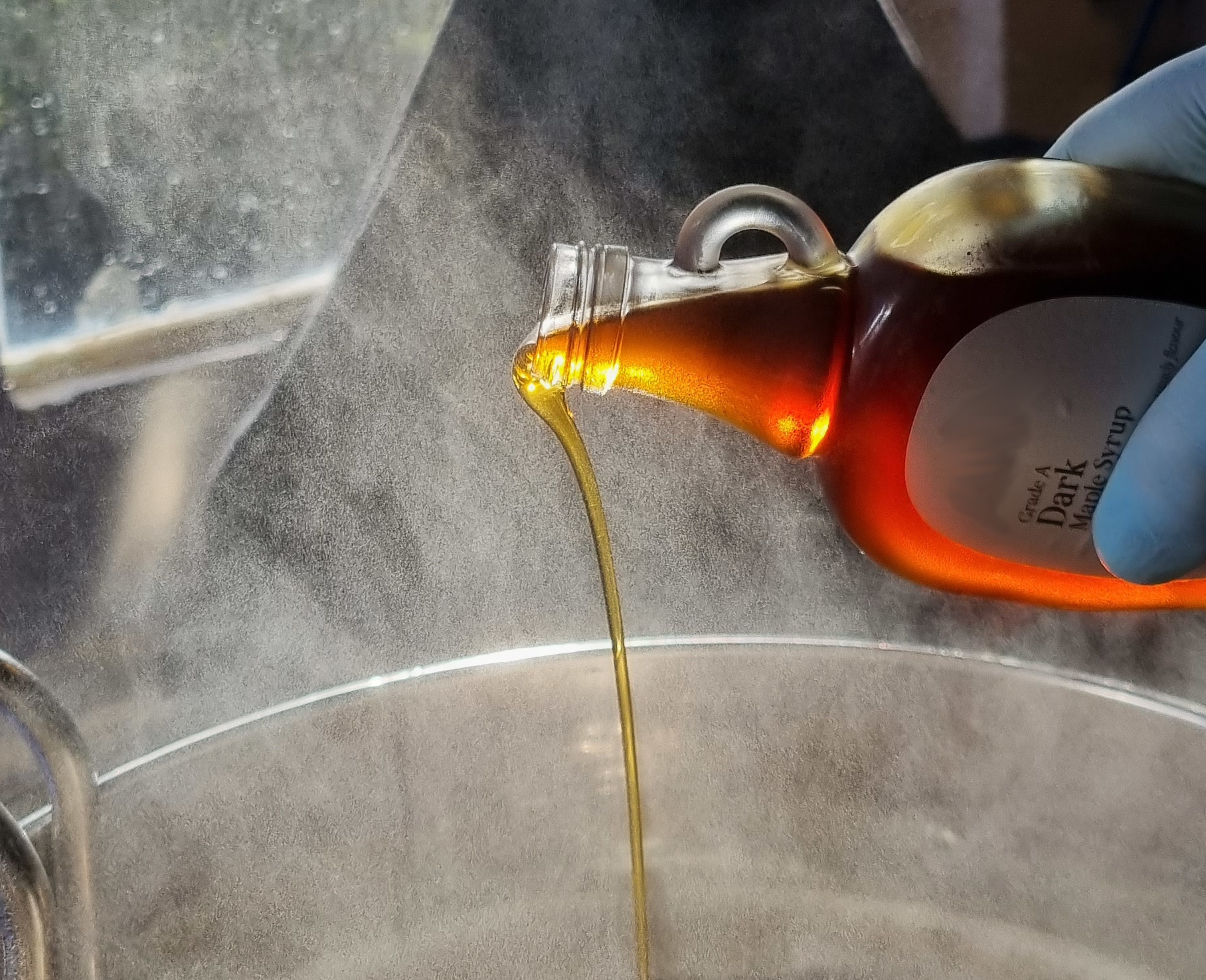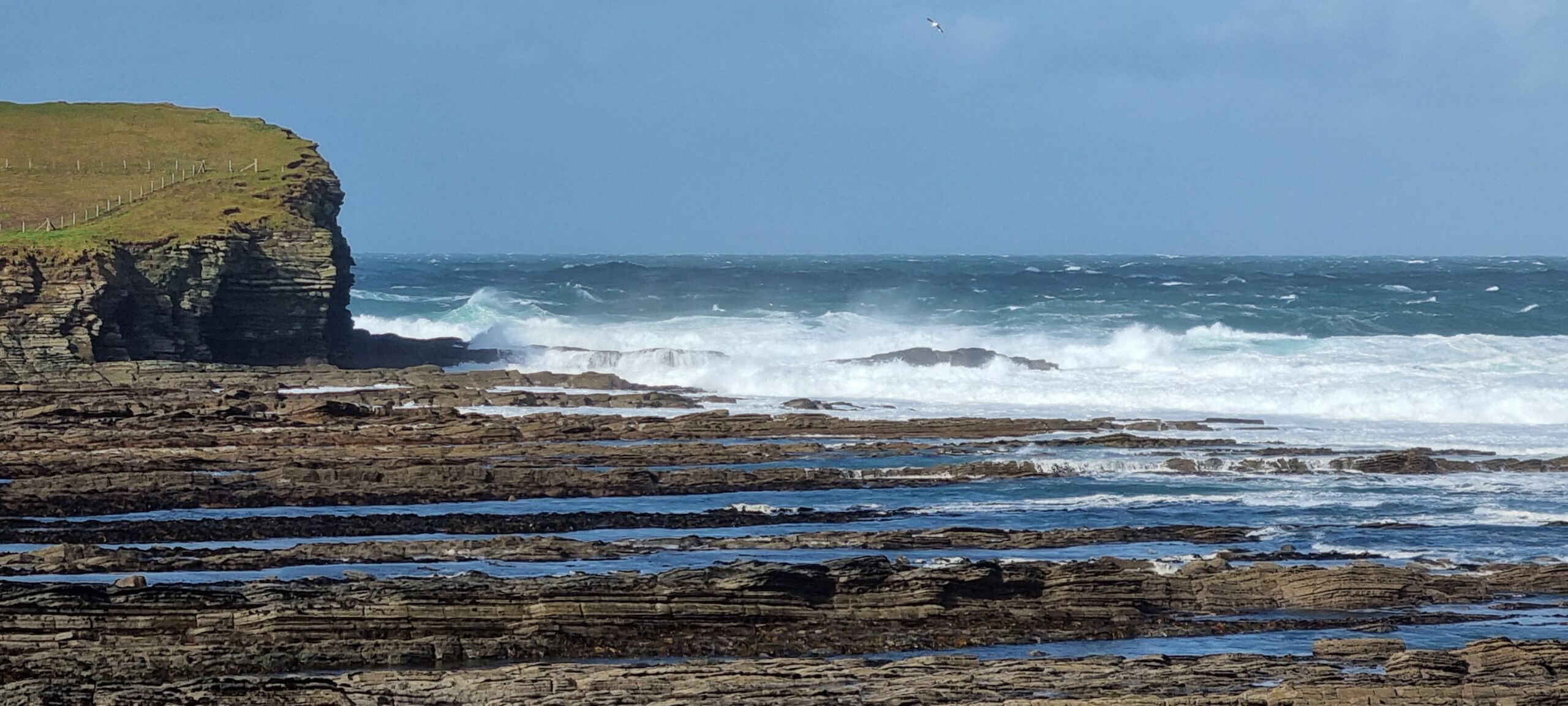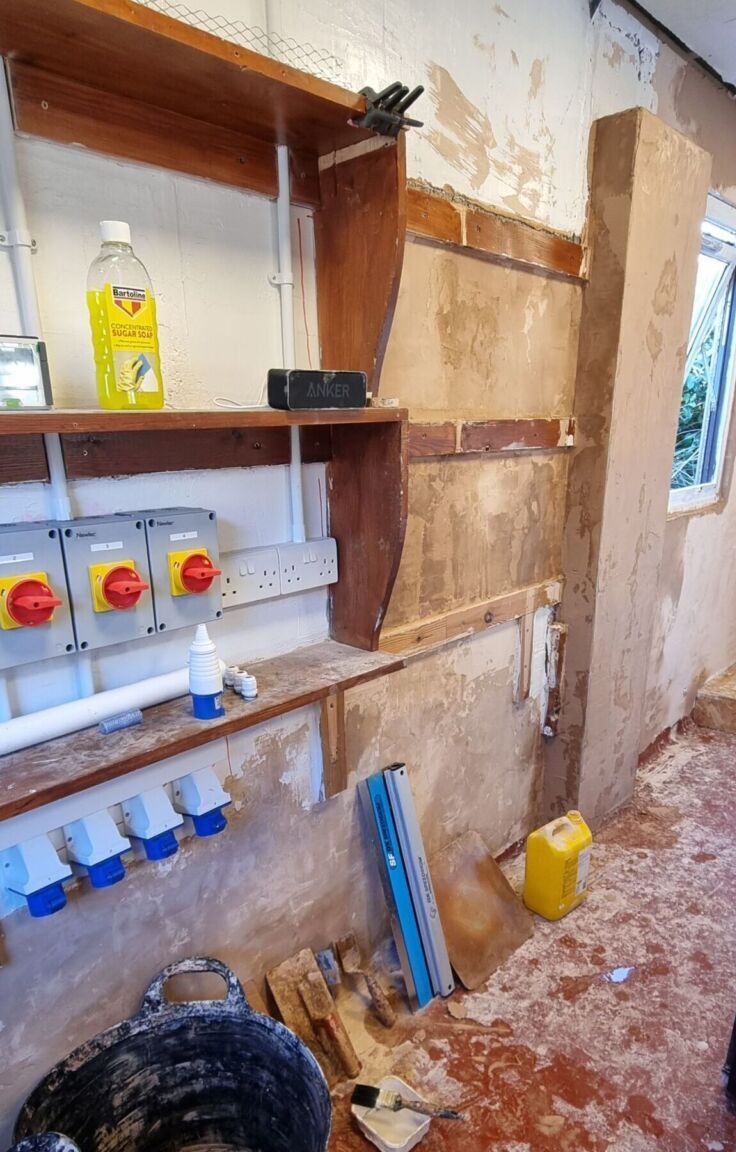Every month I hope to write a short piece here to keep you up to date with the latest news. I’m hard at work getting our tiny brewery up and running.
Licence to brew
On the 24th February 2025, Northern Latitudes Brewery received its legal licence to brew. There’s a lot of work still to do before we’re open to sell our beers online. Northern Latitudes Brewery will probably be Orkney’s third brewery. If you don’t already know Orkney’s other two breweries, they are Swannay Brewery with founder Rob Hill and Orkney Brewery with Andrew Fulton as its head brewer.
Swannay produces an excellent Pale Ale called ‘Scapa Special’ and Orkney Brewery’s ‘Dark Island Reserve’ is a wee treat.
Once we are up and running properly, with three breweries, three gin distilleries (two of which also make whisky), two main whisky distilleries and one rum distillery, there is something for every palate in Orkney.
What sort of beers will I brew?
I’ll be brewing two main categories of beer. There will be a small volume of lighter, more affordable beers which should be ready reasonably soon after a short maturation period. The majority of my beers though, will be stronger, darker beers which by their nature will require a much longer maturation period. Longer maturation periods really allow the flavours to fully develop.
Belgian influences
I spent a number of years living in Antwerp in Belgium, from 1996 to 2002 with a couple of years gap. During that time, my experiences of what beer could be were transformed by the vast range of beers in Belgium and specifically by the Trappist and abbey beers made there.
All Trappist beers are abbey beers, but not all abbey beers are Trappist beers. To be a Trappist beer, the beer must be brewed by or under the supervision of Trappist monks within the walls of a monastery. Indeed in Belgium, Trappist beers are protected by the International Trappist Association.
Here is a country that revered beer and the serving of beer to the customer. Beer is carefully and lovingly poured into the correct style glass with a flourish and all the staff know both their beers and their glassware.
In my brewing library I have nearly worn out my copy of Stan Hieronymus’s “Brew Like a Monk” a fascinating guide to these styles. The pages are held together with tape now.
Scottish inspiration
Northern Latitudes’ beers will be inspired by Trappist and abbey styles as well as taking influences from Scotch Ales, Scottish Ales, Barleywines and Imperial Stouts.
In Scotland, beers were historically more malt forwards than their hoppier English counterparts. Barley grew easily in Scotland, but hops did not. This sweeter, maltier Scottish inclination is very well aligned to the dark, sweet, dates and molasses nuanced Belgian styles.
The Belgian Trappist Westvleteren 12 is still considered by some to be the rarest and finest beer in the world. Anyone familiar with the likes of Westvleteren, Westmalle, Chimay and Rochefort should be able to detect homage to these Herculean pillars of the Belgian beer world in my stronger beers. To a lessor degree the Belgian influence should still be apparent in my lighter beers as I will mainly use Belgian yeasts with these.
I also hope to bring my own Orkney slant on such a solid European foundation through the local inspiration of art, chambered tombs, stone circles, relentless wind, crashing waves and of course, Vikings.
What’s next?
There’s a lot of work still to do before I can start milling grain, so I’ll get on with it. Building out the brewhouse and our storage space is next.



